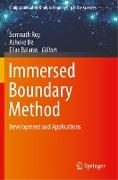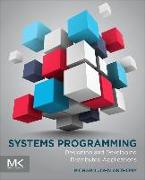Support Vector Machine Learning
BücherAngebote / Angebote:
Methods exploring the application of support vector
machine learning (SVM) to still image compression are
detailed in both the spatial and frequency domains.
In particular the sparse properties of SVM learning
are exploited in the compression algorithms. A
classic radial basis function neural network requires
that the topology of the network be defined before
training. An SVM has the property that it will choose
the minimum number of training points to use as
centres of the Gaussian kernel functions. It is this
property that is exploited as the basis for image
compression algorithms presented in this book.
Several novel algorithms are developed applying SVM
learning to both directly model the colour surface
and model transform coefficients after the surface
has been transformed into the frequency domain. It is
demonstrated that compression is more efficient in
frequency space.
In the frequency domain, results are superior to that
of JPEG. For example, the quality of the industry
standard 'Lena' image compressed 63:1 for JPEG is
slightly worse quality than the same image compressed
192:1 with the RKi-1 algorithm detailed in this book.
Folgt in ca. 5 Arbeitstagen




